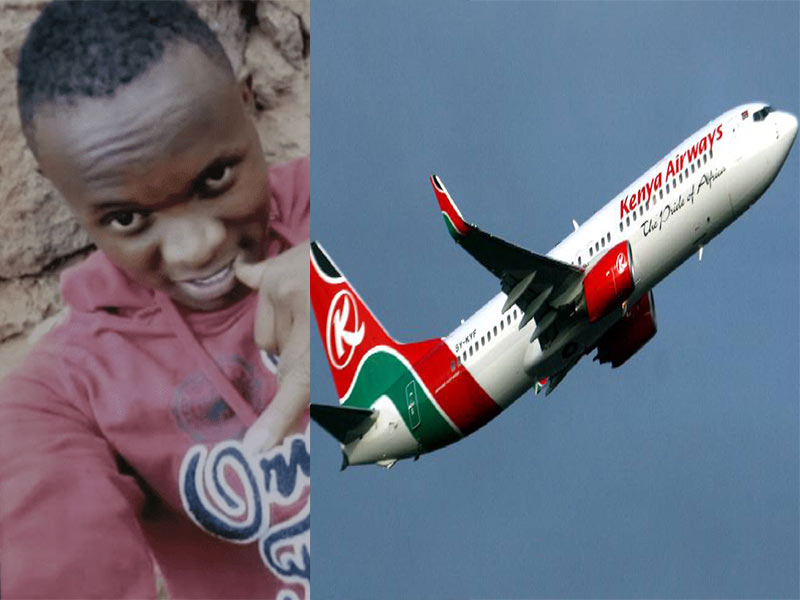×
The Standard e-Paper
Stay Informed, Even Offline
 It was sunny and warm on June 30 as residents in South London finished their lunch and unwound on a leisurely Sunday afternoon. But the peace was shattered in Offerton Road with a terrifying thump.
It was sunny and warm on June 30 as residents in South London finished their lunch and unwound on a leisurely Sunday afternoon. But the peace was shattered in Offerton Road with a terrifying thump.
A man occupied a crater in one of the back gardens after falling through the sky for a kilometre.